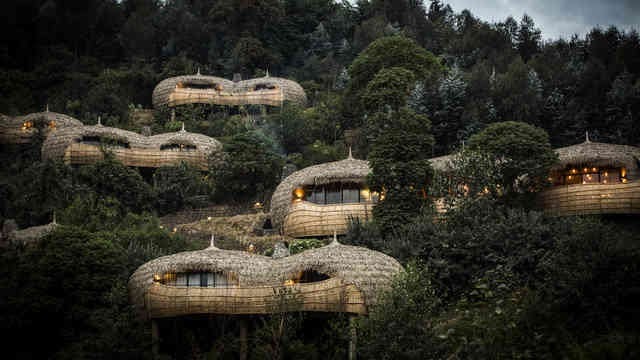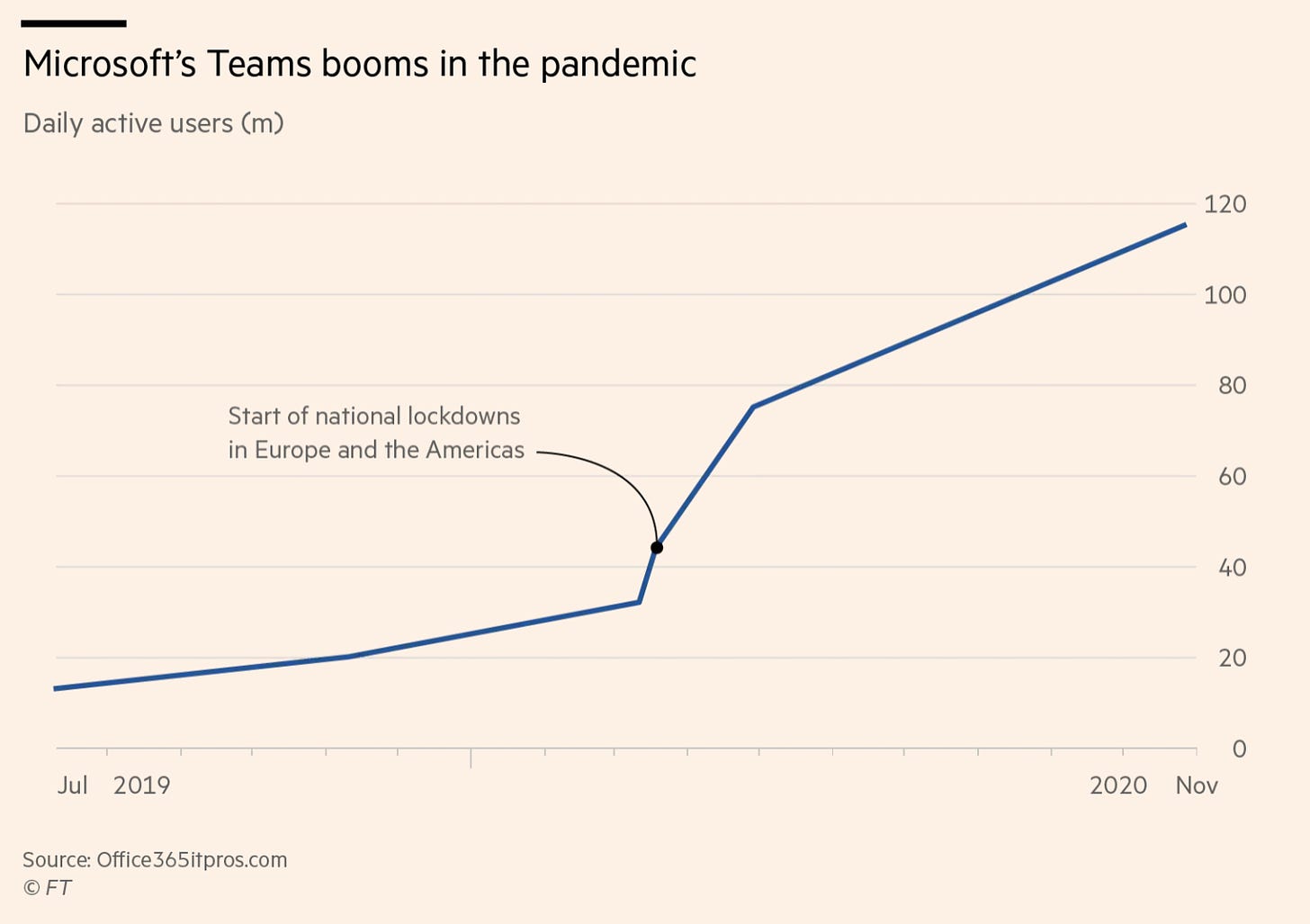Colin here. I’m always intrigued by the R&D that goes into consumer products. For example, a lot of the tech that goes into something like a high-performance ski jacket was first field-tested in austere conditions by research teams or even members of the military. The thing that is keeping you warm on the blue ski run has been through a more rigorous gauntlet earlier in its lifecycle. One of the most interesting and well-known places for this R&D has been the space program. Things like artificial limbs, scratch-resistant plastics, and insulin pumps were spurred by our space ambitions.
Even the lowly dust buster had a much more noble cause in its earliest iteration: According to a piece in USA Today, “During the Apollo moon landings, NASA partnered with Black & Decker to invent various battery-powered tools for drilling and taking rock samples in space. This led to the creation of the ultra-light, compact, cordless DustBuster.”
Why is this interesting?
It’s not just space that presents unique geographical challenges. Places with hyper-limited resources often create creativity from constraint. An interesting example can be seen from remote Africa.
Under geographical constraints and limited resources, their next wave of experimentation and innovation might hold the keys to technology and innovation that will have widespread adoption later on.
Xigera, a new property by the hospitality brand Red Carnation that is opening later this year in Botswana will have 95 percent of its energy needs provided by a solar hybrid-power system that is powered by a 400kW Tesla plant using lithium-ion batteries and Tesla inverters. According to the engineers of the property, “this will save the lodge an estimated 175,000 liters of diesel, and the environment 500 tons of carbon emissions each year.”
Hot water will be provided with thermodynamic geysers, using a minimal amount of energy, and tinted glass from a company called SolarView will be used for energy-efficient air conditioning. The property is also using an Earth Cycle composter for all organic waste, sending compost to local communities for their garden projects.
At Wilderness Safaris Bisate Lodge in Volcanoes National Park in Rwanda, the elimination of plastic in innovative ways is a priority. The lodge uses a water filtration system and does not serve any plastic bottled water to guests or staff. More interestingly, no cling wrap or plastic bags are used in the kitchen, replaced by environmentally-friendly beeswax wraps as a natural alternative to keep food fresh. The property also uses a rainwater harvesting system, collected from the roofs in the staff village and stored for use by guests and employees.
3D printing, which has been on the radar of innovation-minded architects for some time, has an interesting application when it comes to building, especially in environmentally sensitive areas.
In the Dutch city of Eindhoven, habitable homes are already being made using 3D concrete printers. In Mexico, the first 3D printed neighborhood was just finished by a non-profit called New Story, using a specialized printer that distributes materials to an exacting 3D blueprint, of sorts. The printer works by squirting a concrete mixture in layers to build floors and walls, automatically adjusting the makeup based on the weather conditions.
What does this mean for remote locations? First, materials wouldn’t need to be moved in by large trucks or other methods, which create emissions and also widespread disruption to the environment. Second, building with 3D printing is less wasteful. According to a recent report in Forbes, “a 3D project generates just 30 percent of the waste a traditional project produces.” The discipline is still in its nascent stages. Icon, a startup in Austin, was the first company in America to secure a building permit for and build a 3D printed home and the technology is gaining momentum and applications.
Remoteness and geographic constraints are ushering in problem-solving and new ideas, many of which will become standard parts of our life before we know it. Just like the trusty old dustbuster, that had a first much nobler mission on the moon. (CJN)
Chart of the Day:
The explosive growth of Microsoft Teams from the FT. (NRB)
Quick Links:
How different COVID vaccines work (CJN)
Profile on the Points Guy (CJN)
Because pork pricing came up in WITI Slack I can’t help but share one of my all-time favorite articles: A Conspiracy of Hogs: The McRib as Arbitrage. Read it if you haven’t. Read it again if you have. (NRB)
Thanks for reading,
Noah (NRB) & Colin (CJN
—
Why is this interesting? is a daily email from Noah Brier & Colin Nagy (and friends!) about interesting things. If you’ve enjoyed this edition, please consider forwarding it to a friend. If you’re reading for the first time, consider subscribing (it’s free!).




